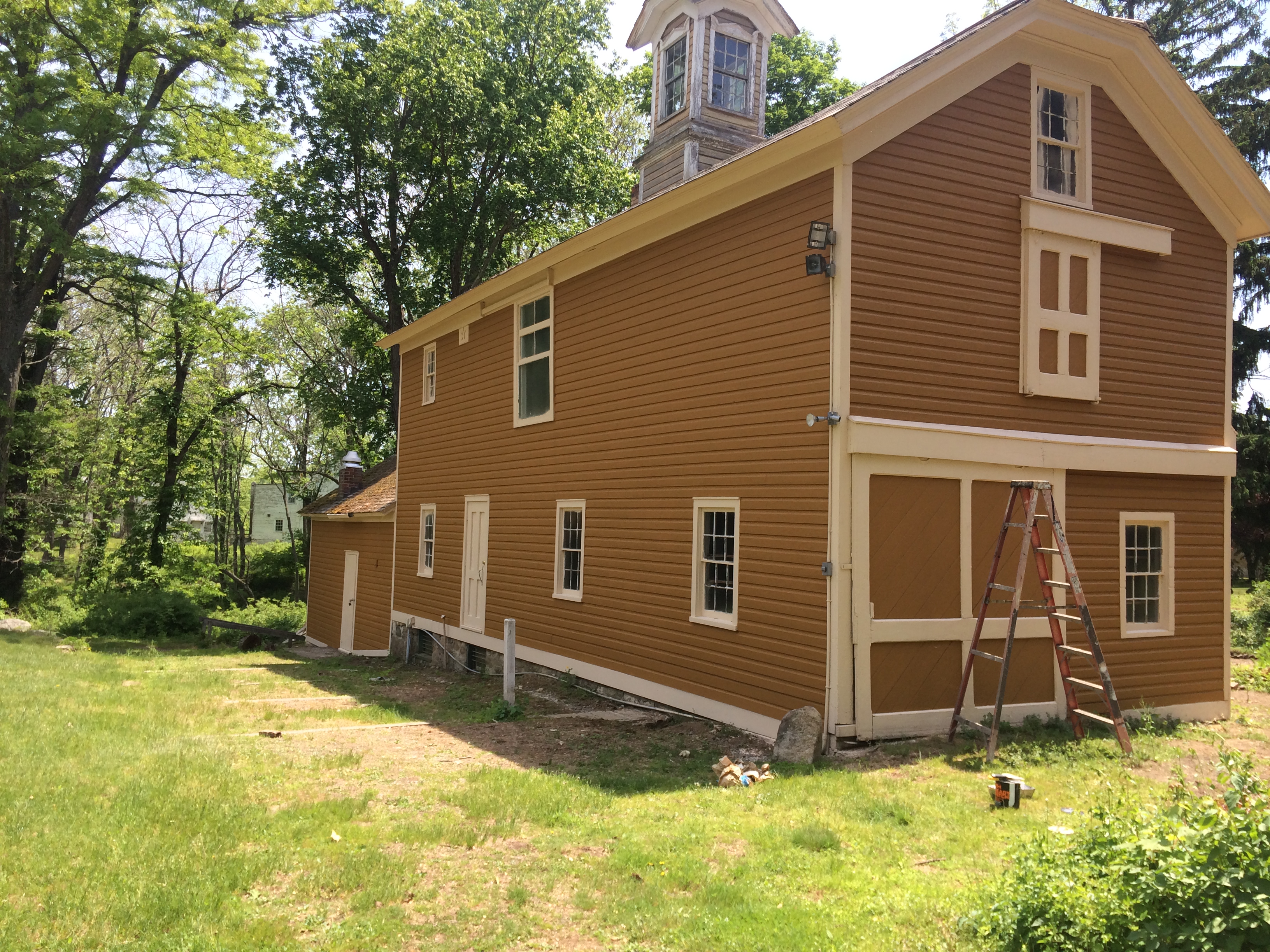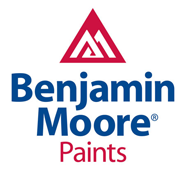How Proper Surface Preparation Guarantees a Flawless, Durable Finish
Failing paint, rust, and surface contamination can compromise the integrity and appearance of your property. For commercial, industrial, and even residential structures, achieving a long-lasting finish requires more than just a new coat of paint. The secret lies in meticulous surface preparation—a process where sandblasting and painting work together to deliver superior protection and a pristine look. This comprehensive approach ensures that coatings adhere properly and withstand the harsh New Jersey elements for years to come.
What is Sandblasting and Why is it Essential?
Often referred to as abrasive blasting, sandblasting is a powerful surface preparation technique that uses compressed air to propel abrasive media at a high velocity against a surface. This process effectively strips away old paint, rust, scale, and other tough contaminants that conventional cleaning methods can’t remove. It’s not just about cleaning; sandblasting creates a unique “surface profile,” a finely textured finish that is crucial for optimal paint adhesion.
Think of it like using sandpaper on wood before staining. The abrasive action creates microscopic peaks and valleys on the surface, increasing the total surface area and providing an ideal anchor for primers and paints to grip onto. Without a proper surface profile, even the highest quality coatings are prone to premature failure, leading to chipping, peeling, and bubbling. For property managers and homeowners in Tinton Falls, ensuring this step is done professionally is the key to protecting your investment.
The Critical Role of Painting After Sandblasting
Once a surface is professionally sandblasted, it is perfectly prepared but also vulnerable. The freshly exposed material, especially metal, is susceptible to flash rusting when exposed to moisture and air. Applying a high-performance coating immediately after blasting is not just recommended—it’s essential for long-term protection. This two-step process of sandblasting and painting creates a formidable barrier against corrosion, chemicals, and environmental wear.
The type of coating used depends on the surface and its intended use. For industrial and commercial applications, heavy-duty epoxy primers and polyurethane topcoats are often the go-to choices for their incredible durability and resistance to abrasion. For residential projects or delicate historic restoration work, the coating system is carefully selected to preserve the substrate while offering robust protection. This synergy between a perfectly prepared surface and a high-quality coating system is what makes professional sandblasting and painting the gold standard for surface finishing.
Did You Know?
- The term “sandblasting” is still widely used, but today’s professionals use a variety of media—not just sand. Materials like glass beads, steel grit, and even walnut shells are chosen based on the surface material and the desired finish.
- Proper surface preparation is considered the most critical factor in the success of a coating system. It’s estimated that the majority of coating failures are due to inadequate surface prep.
- For historic structures, sandblasting with a gentle abrasive at low pressure can carefully remove layers of dirt and failing paint without damaging delicate brickwork or carvings.
- After blasting, a surface should be painted as quickly as possible, often within hours, to prevent flash rust—a light, rapid oxidation of the newly exposed metal.
Choosing the Right Abrasive Media
The effectiveness of sandblasting depends heavily on the type of abrasive media used. Different materials require different approaches to avoid damage while achieving the perfect surface profile. Here is a look at some common options:
| Abrasive Media | Best For | Key Characteristics |
|---|---|---|
| Steel Grit | Structural steel, heavy rust and paint removal. | Aggressive, fast-cutting, and creates a deep angular profile. |
| Glass Beads | Cleaning, deburring, and creating a smooth, satin finish. Often used on softer metals. | Less aggressive, recyclable, and leaves a bright finish. |
| Aluminum Oxide | Heavy-duty blasting, etching, and preparing surfaces for tough coatings. | Very hard and sharp, reusable, and great for removing stubborn coatings. |
| Walnut Shells | Delicate surfaces like wood, fiberglass, and cleaning engine parts. | Soft, biodegradable, and won’t damage the underlying substrate. |
Local Expertise for Tinton Falls, NJ Properties
In New Jersey, our structures face a unique combination of challenges—from humid summers that accelerate corrosion to cold, icy winters that can degrade coatings. For businesses and homeowners in Tinton Falls and across the state, investing in a robust surface protection strategy is not a luxury, it’s a necessity. Professional commercial painting and sandblasting services provide the durability needed to protect assets like steel structures, warehouses, and historic buildings from the elements.
Since 1989, Spectra Painting has delivered high-quality industrial, commercial, and residential painting services built on a foundation of expert surface preparation. We understand the specific needs of properties in our region and are equipped to handle projects of any scale, ensuring a finish that is not only beautiful but built to last.
Ready to Protect and Beautify Your Property?
Don’t let rust, corrosion, or failing coatings diminish the value and safety of your investment. Discover the difference that professional sandblasting and painting can make. Contact the experts at Spectra Painting for a comprehensive consultation and a free quote.
Frequently Asked Questions
Is sandblasting safe for all surfaces?
While extremely effective, sandblasting requires professional expertise to prevent damage. A skilled technician will select the appropriate abrasive media and pressure for the specific material, whether it’s robust steel or delicate historic brick. Gentler media like walnut shells or plastic can be used for softer surfaces.
How long does the sandblasting and painting process take?
The timeline depends on the project’s size, complexity, and 현nvironmental conditions. Sandblasting itself is relatively fast. The crucial factor is applying the prime coat immediately after blasting to prevent contamination or flash rusting. Our team at Spectra Painting works efficiently to minimize downtime for commercial and industrial clients.
Can sandblasting remove heavy rust and corrosion?
Absolutely. Sandblasting is one of the most effective methods for completely removing even heavy rust and corrosion from metal surfaces. This process not only cleans the surface but prepares it for a new protective coating that will prevent future corrosion.
What kind of paint is used after sandblasting?
Typically, a high-performance industrial coating system is used. This often includes a zinc-rich or epoxy primer to provide excellent corrosion resistance, followed by a durable topcoat like polyurethane for UV stability and color retention. The specific system is tailored to the environment and the surface’s function.
Glossary of Terms
- Abrasive Media: The granular material propelled against a surface during sandblasting. Examples include steel grit, glass beads, and aluminum oxide.
- Surface Profile: The measure of a surface’s peak-to-valley roughness created by abrasive blasting, which is essential for proper coating adhesion.
- Flash Rust: A light layer of rust that can form on a freshly blasted steel surface within minutes or hours of exposure to humidity. Immediate priming is necessary to prevent it.
- Epoxy Coating: A durable, two-part coating system known for its excellent adhesion, chemical resistance, and toughness, often used as a primer on blasted steel.
- Substrate: The underlying material or surface that is being prepared and coated.






